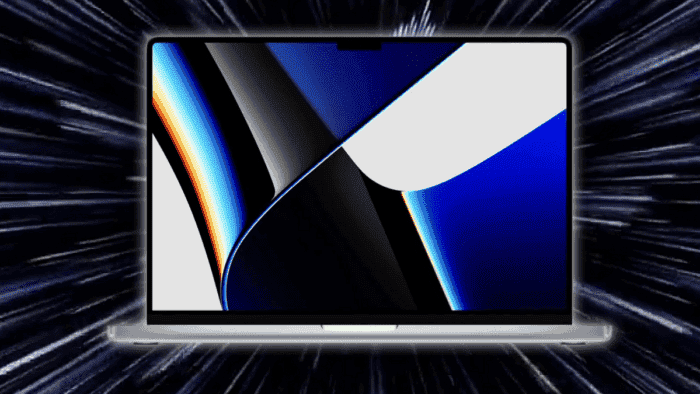Apple has revolutionized the world when it introduced its smart touch-screen screen devices – iPhone and iPad. The company also set a trend with the Touch ID technology, and more recently with the Face ID technology. Although these have been some of the most basic features offered by some of Apple devices, these features never made their way to the MacBook series. None of the MacBooks ever released had a Face ID or a touch screen. Nowadays, there are plenty of laptops with touch-input support, but this never made way to Apple’s laptop lineup. Today, the company is explaining why it has chosen this path.
An Apple executive explained in an interview to The Wall Street Journal the reason behind Apple’s choice of leaving Face ID and Touch Screen support out of the latest MacBook Models.
Why does MacBook lack Face ID and Touch ID
So far, the lack of Face ID has been one of the biggest criticisms surrounding the MacBook. Many have wondered if the technology would ever appear in the Macs following its debut with the iPhone X in 2017. Interestingly, this year, rumors have emerged suggesting the arrival of the technology with the latest 14-inch and 16-inch MacBook Pros. However, the new laptops are here and they didn’t include this technology. This even when they come with a notch. Unlike, Apple iPhone series, the notch is present on MacBooks just for the aesthetics.

Both models featured notches very similar in looks to the one found in the iPhones. However, they are missing Face ID. According to Apple’s executive, Tom Boger, the reason behind this is that Touch ID is more convenient on a laptop since your hands are already on the keyboard.
As previously mentioned, he also mentioned the lack of touch screen support. People have speculated that it has been kept this way so that Macs don’t cannibalize iPad sales. John Ternus, Apple’s senior vice president of hardware engineering, implies this is true:
“We make the world’s best touch computer on an iPad. It’s optimized for that. And the Mac is optimized for indirect input. We haven’t felt a reason to change that,” he said.
Boger and Ternus also addressed queries about missing upgradable RAM support on the latest Macs. The latest models come with an integrated RAM module, so it’s impossible to upgrade them. This is a major problem for those who want to buy an extra memory after the purchase. This has been a very controversial trend around the laptop industry, and Apple has just joined it.
The executive also has an explanation for that. You choose to accept it or not, by the way. Apple’s silicon’s “unified memory architecture” enables higher memory performance on Macs with ARM-based chips. Similar performance levels can’t be achieved if UMA is done away with just to make way for expandable RAM.





